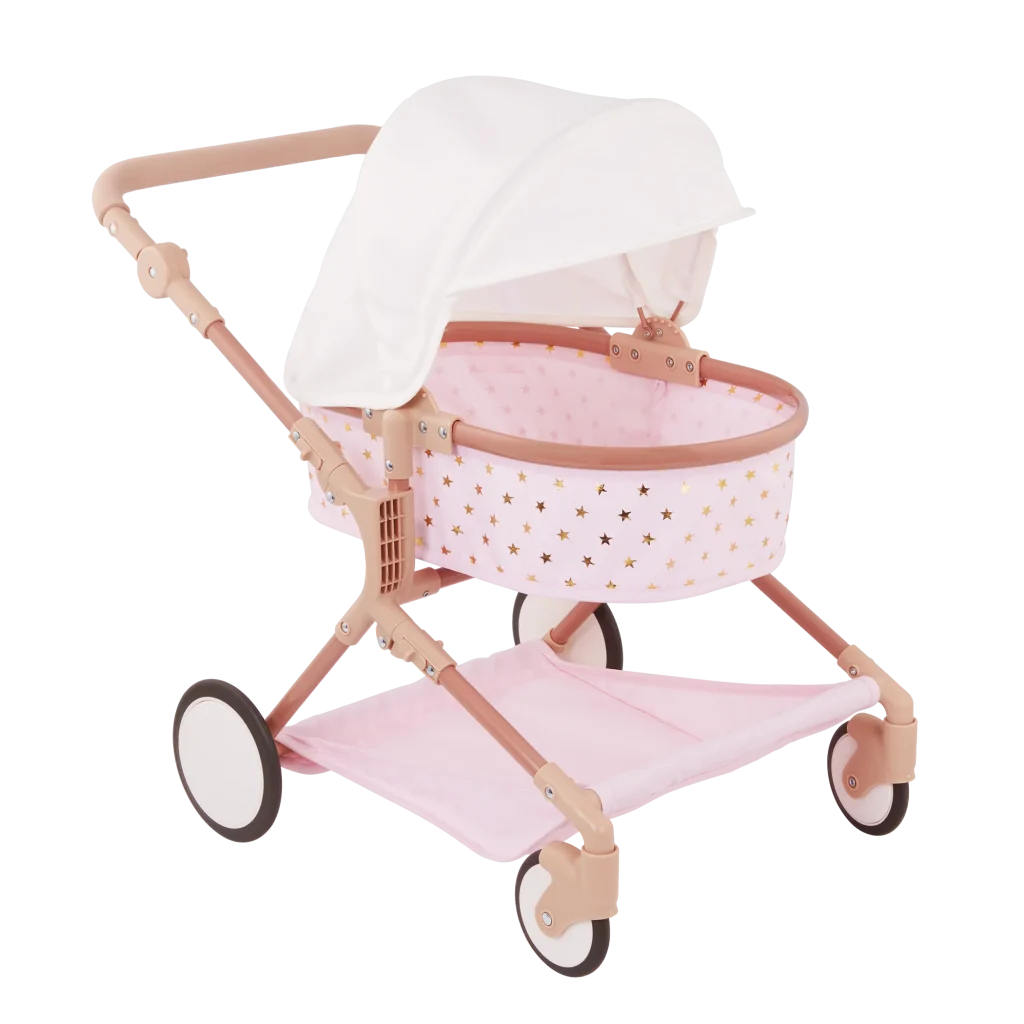Balancing Aesthetics and Functionality – The Role of Baby Product Manufacturer
Balancing aesthetics and functionality is a crucial challenge that every baby product manufacturer must navigate carefully to meet the evolving demands of modern parents. In today’s market, parents no longer look solely for products that serve basic purposes they desire items that combine safety, practicality, and style to complement their lifestyles and home environments. Baby product manufacturers play a pivotal role in harmonizing these often competing elements, creating products that are not only highly functional and safe for babies but also visually appealing to parents who appreciate design and aesthetics. Functionality remains the foundation of any baby product. Manufacturers must ensure that every item whether it is a stroller, crib, baby carrier, or feeding accessory meets stringent safety standards and supports the developmental needs of infants. For instance, cribs must be sturdy and secure, car seats must provide proper protection during travel, and feeding bottles should be easy to clean and designed to reduce colic. These core functionalities are non-negotiable because they directly impact a baby’s wellbeing and comfort.

Beyond safety, ease of use is a critical functional aspect parents want products that simplify their daily routines, allowing them to care for their children more efficiently and with less stress. This means ergonomics, intuitive designs, and adaptability must be carefully considered during product development. However, in recent years, the aesthetic aspect of baby products has gained significant importance. Parents increasingly view baby gear as an extension of their personal style and home décor rather than merely utilitarian items. This shift has pushed manufacturers to embrace modern design trends, incorporate appealing color palettes, and use high-quality materials that offer a premium look and feel. Products that successfully marry aesthetics with function can transform the experience of parenting, making everyday tasks more enjoyable and visually satisfying. For example, a sleek, minimalist stroller that folds compactly yet looks stylish can give parents a sense of pride and confidence as they navigate public spaces. Similarly, nursery furniture that combines practical storage solutions with elegant design helps create calming, beautiful environments that support both babies and parents.
The role of Riverbaby baby product manufacturer, therefore, extends beyond engineering and safety testing it involves creativity and a deep understanding of consumer desires. Manufacturers must stay attuned to cultural shifts, emerging lifestyle preferences, and technological advancements to innovate products that resonate with contemporary families. This might include using eco-friendly and sustainable materials to appeal to environmentally conscious consumers or integrating smart technology for added convenience and monitoring. By focusing on these elements, manufacturers can foster strong brand loyalty and differentiate themselves in a competitive marketplace. Ultimately, balancing aesthetics and functionality is about creating products that serve dual purposes – supporting the baby’s growth and safety while enhancing the parent’s experience through thoughtful design. When baby product manufacturers successfully achieve this balance, they not only meet the practical needs of their customers but also contribute to a positive emotional connection between parent and child. This connection is nurtured by products that feel right both in use and in look, making the journey of parenthood smoother and more rewarding.
